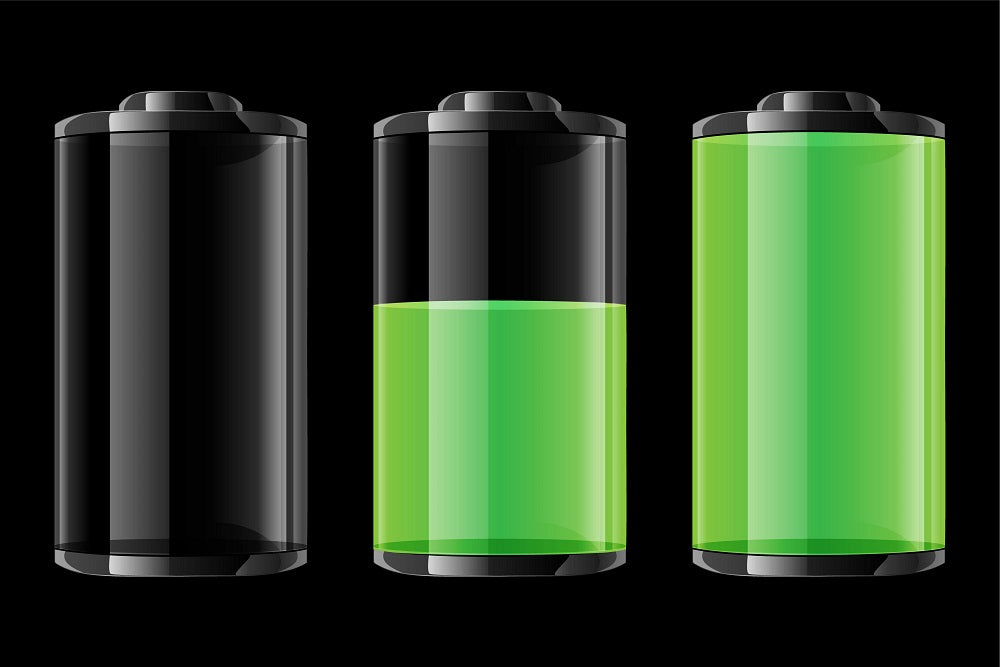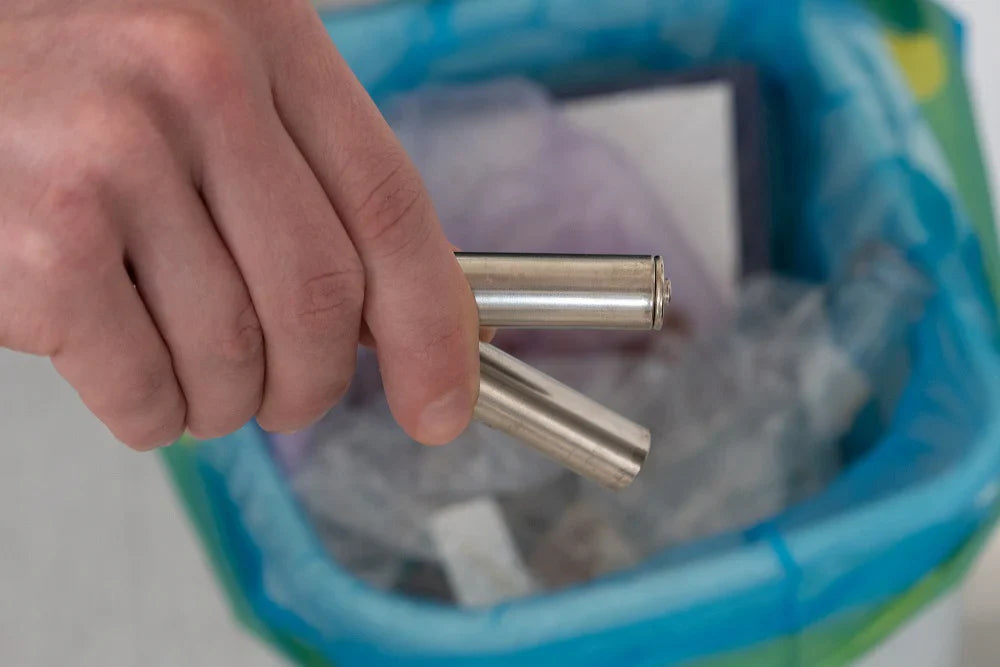3 Ways to Measure Battery Life

You are doing a bit of research before buying your next round of batteries. You know you prefer USB rechargeable batteries, but you also want a brand that offers long life. Good for you. But what does that mean? Long life is an arbitrary concept. In our industry, there are actually three different ways to measure battery life.
Battery life can be measured in terms of:
-
shelf life
-
run time
-
charge and discharge cycles.
Note that these performance measurements differ from one brand to the next. They also differ by battery chemistry and technology. For instance, alkaline batteries have a very short cycle life of 1 use because they are single-use items. You do not keep charging them over and over again.
1. Battery Shelf Life
Shelf life is applied to batteries in the same way it is applied to other consumer products. A battery's shelf life is a measurement of the amount of time a new battery can remain on the shelf, unopened, and still maintain some level of useful charge. This may be the only thing alkaline batteries have going for them. Because of their extremely slow discharge rates, a typical alkaline battery has a shelf life of at least a couple of years.
The shelf-life measurement takes on a somewhat different meaning when you're talking about rechargeable batteries. Here, it is not necessarily a matter of measuring how long an unopened battery will hold some level of charge. Rather, it's a measurement of how long a freshly charged battery will hold that charge.
Lithium-ion batteries tend to outperform NiCad and NiMH batteries in this regard. If you are going with rechargeables and you want the longest shelf life, go with lithium-ion.
Note, it’s good practice with any rechargeable product or battery to charge it regularly to maintain the optimal battery health, generally once every 6 months is sufficient.
2. Run Time
Battery run time is most easily understood as the amount of time a battery can power a given device on a single charge. You might have a set of lithium-ion batteries capable of powering a wireless mic nonstop for up to five hours. On the other hand, a comparable set of NiCad batteries might only power that same wireless mic for four hours.
Run time is an imperfect measurement for many reasons, but in reality is often what most people concern themselves with. They feel that how long it lasts is correlated with its value or utility. It’s worth considering though, that with rechargeables, fast and convenient charging may be worth considering as much as run time. Imagine comparing three options, a single use battery that last for 10 hours of use vs a rechargeable that lasts for 9 hours and takes 10 hours to recharge vs a rechargeable that lasts 8 hours and takes 2 hours to recharge. There may be no clear winner overall, but these could be important considerations.
Also note that run time can be affected by ambient conditions. Some batteries do not run so well in cold temperatures. Others work well in low-power devices but not so well in their high-power counterparts. In the end, run time is an inconsistent measurement that is hard to evaluate generally, but one that practically is important to customers. A fast and convenient rechargeable seems like a good option to us for most situations.
3. Charge and Discharge Cycles
This final battery life measurement is what sets our USB rechargeable batteries apart from the competition. Rechargeable batteries continually cycle between charging and use or discharge. A fully charged battery is used until it no longer provides adequate power and the user will recharge it for further use. We can measure battery life in terms of how many charge-discharge cycles you can get out of a single unit. This is called cycle life rating and in practice is measured by measuring how many charge-use cycles you can get from a battery before the battery loses 20% of its original capacity.
Our USB rechargeable batteries are rated for 1000 charges so after 1000 charges you should still have 80% of the original capacity. By that measurement, you are talking exceptionally long usable life. For purposes of illustration, let us go back to the previously mentioned wireless mic. Let's say you use the mic twice per week. Assuming a single session requires recharging, you are looking at two weekly cycles. That set of batteries should last you about ten years.
As you can see, there isn't just one way to measure battery life. In your search for long life batteries, look at both shelf life and charge-discharge cycles and consider carefully the convenience factor so that you are sure to use the battery many times to get the best return on your investment.







